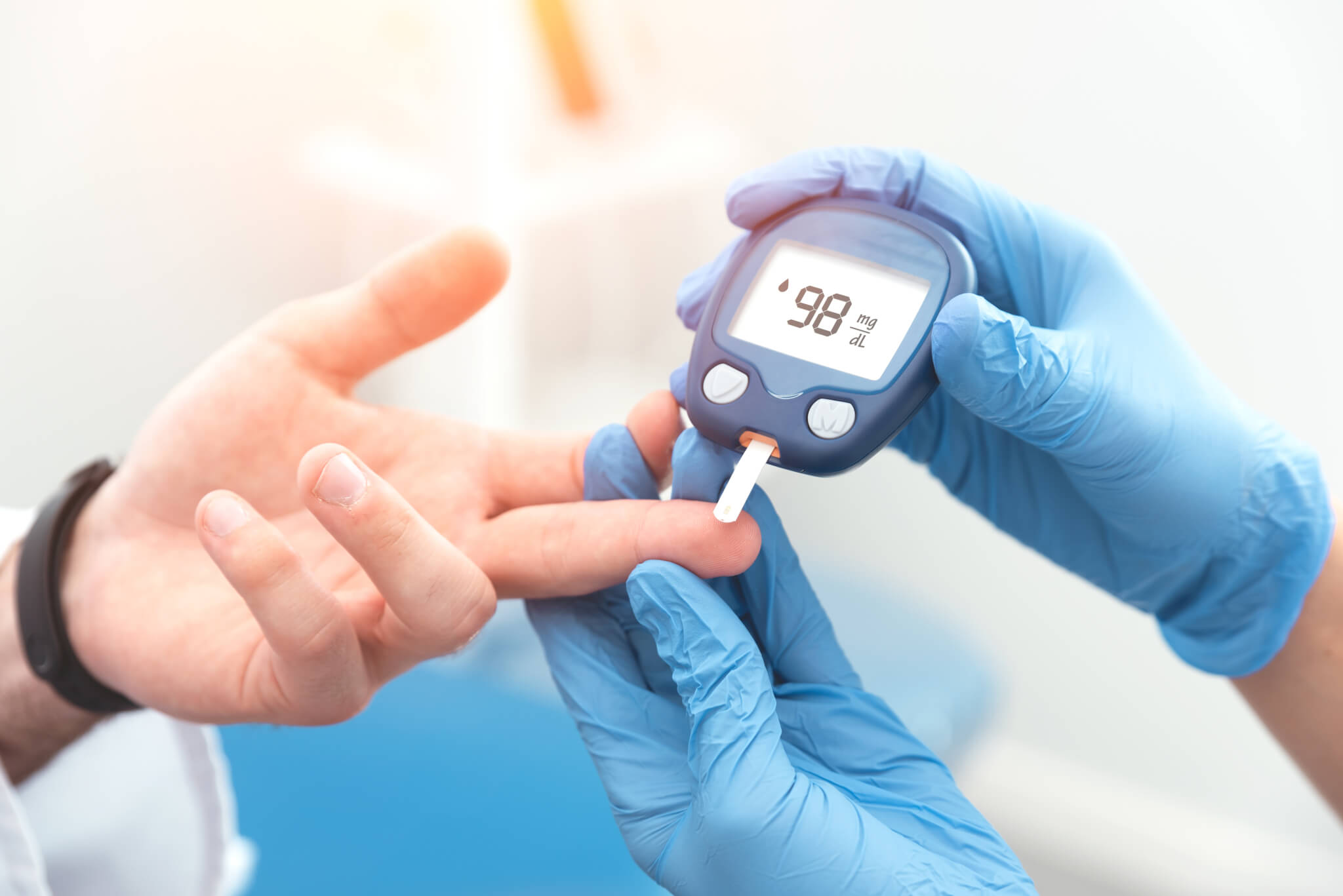HERLEV, Denmark — Newborns with below-average weight have a significantly higher risk of developing Type 2 diabetes, a new study warns. Researchers in Europe linked lower birth weight to a unique manifestation of the blood sugar disorder characterized by an earlier diagnosis, a lack of obesity at diagnosis, and a lower prevalence of family history of Type 2 diabetes.
The study found that every additional kilogram (2.2 pounds) at birth had an association with a 40-percent decrease in the risk of developing the disorder, a trend that persisted up to the highest birth weights. Conversely, each kilogram decrease in birth weight displayed a link to the onset of diabetes 3.3 years earlier than average.
The research was conducted by scientists from the Steno Diabetes Centre in Denmark and Lund University in Malmö, Sweden. They found that the same children had a higher likelihood of needing diabetes medication and were more prone to comorbidities, such as high blood pressure.
Children with birth weights below 3 kg had greater comorbidity risks, with a 36-percent higher likelihood of having three or more additional illnesses and a 26-percent increased chance of severe hypotension systolic blood pressure.
In Denmark, the average birth weight is 3.4 kg, while in the United Kingdom it is 3.3 kg. In the United States, it’s about 3.17 kg (7 pounds). The study showed that newborns who weighed less than 3 kg were also more likely to receive a diagnosis at a younger age and had a 33-percent increased chance of needing three or more glucose-lowering drugs.
Dr. Rasmus Wibaek of the Steno Diabetes Centre highlighted that the incidence rate of Type 2 diabetes across different ages was notably higher in individuals born with lower birth weights compared to those with higher birth weights.
Scroll down to see 6 warning signs of Type 2 diabetes

“Taken together, the two studies collectively provide strong support for the following conclusions: an adverse fetal environment reflected by low birthweight is a strong and non-genetic risk factor not only of developing Type 2 diabetes per se, but in addition for the development of a relatively more severe subtype of Type 2 diabetes – with earlier disease onset, more complications, and co-morbidities, as well as with an increased need for clinical care and medical treatments,” the study authors write in a media release.
“The impact of low birthweight appears independent to that of genetics and obesity, which is why people with low birthweight are at a relatively increased risk for Type 2 diabetes for any given increase in BMI. This, in turn, explains the finding of a lower BMI in low birthweight subjects at the time of Type 2 diabetes onset. Low birthweight should therefore be considered as a criteria for screening for Type 2 diabetes with same importance as that of a positive family history of diabetes,” the team continues.
“Notably, as the study by Wibaek et al. indicates, neither people with a lower birth weight, nor those with a high genetic risk of Type 2 diabetes are actually at a particularly very high absolute risk of developing Type 2 diabetes if they are able to keep a normal BMI throughout their lives. Finally, within the era of precision medicine, low birthweight holds the potential to be used as a marker to guide clinical care and treatment in Type 2 diabetes.”
The first study found the older individuals got, the higher the rate of diabetes climbed. Additionally, males were far more likely to receive a diabetes diagnosis. At the same time, the rate of diabetes decreased with every extra kilogram of weight at birth.
To obtain the results, the team looked at data from 1999 to 2001 on adults between 30 and 60 years-old who gave their birth weight records between 1939 and 1971. None were born with the disease. Among 4,590 participants, 492 were diagnosed with Type 2 diabetes by the time they were, on average, 19 years-old.
The second study analyzed midwife records for 6,866 people with Type 2 diabetes babies. Experts assessed their age at diagnosis, body dimensions, comorbidities, medications, metabolic variables, and family history of those with the lowest 25 percent and highest 25 percent of birthweights.
Both studies are published in the journal Diabetologia.
What are the symptoms of Type 2 diabetes?
Type 2 diabetes often starts subtly and can develop slowly over time. It’s possible for a person to have the condition for years without realizing it, as symptoms can be minor or mistaken for other health issues. Here are some of the symptoms often associated with Type 2 diabetes:
- Increased thirst and frequent urination: With diabetes, excess sugar builds up in your bloodstream, causing fluid to be pulled from your tissues. This may make you feel thirsty more often and urinate more frequently.
- Increased hunger: Without enough insulin to move sugar into your cells, your muscles and organs become depleted of energy, leading to increased hunger.
- Fatigue: If your cells are deprived of sugar, you may feel tired and fatigued.
- Blurred vision: High blood sugar levels can affect your eyes and cause blurred vision. This can occur when fluid is pulled from the lenses of your eyes, affecting your ability to focus.
- Slow-healing sores or frequent infections: Diabetes can affect your body’s ability to heal and resist infections.
- Areas of darkened skin: Some people with Type 2 diabetes have patches of dark, velvety skin in the folds and creases of their bodies — usually in the armpits and neck. This condition, known as acanthosis nigricans, is a sign of insulin resistance.
South West News Service writer Pol Allingham contributed to this report.

